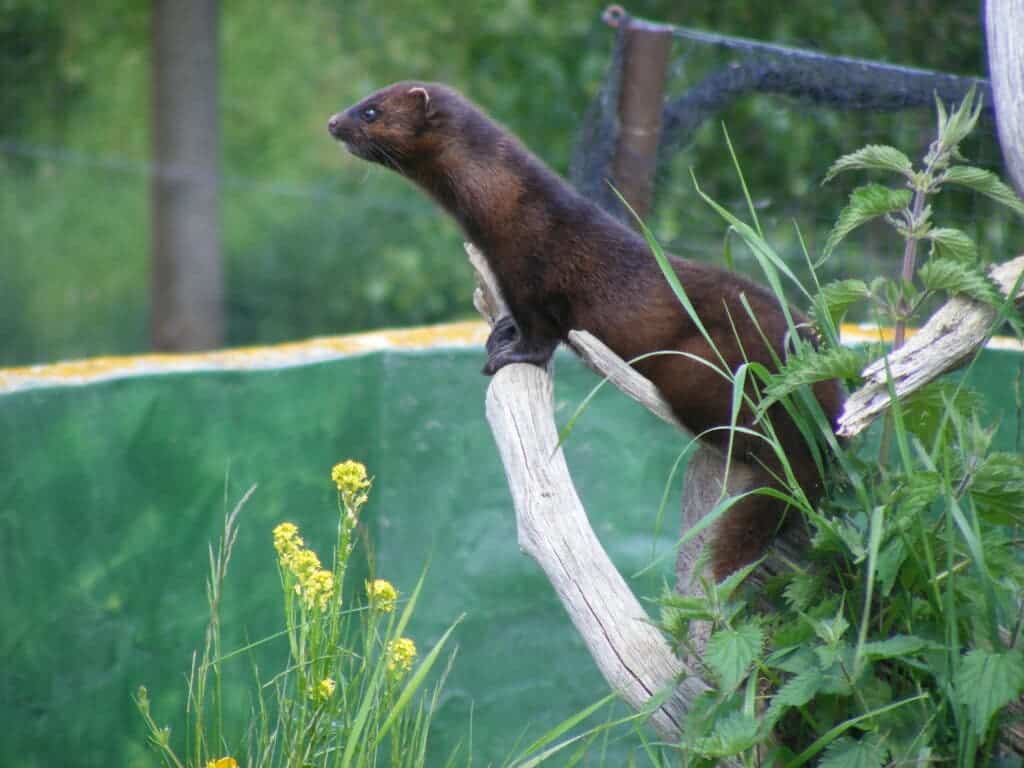Denmark, the world’s largest mink producer, has backtracked an attempt to cull the country’s entire mink population amid fears of a Covid-19 mutation that was moving from mink to humans. Now, the government will only “recommend” farmers to kill all their mink instead of forcing them to do so.

Last week, the Danish Prime Minister, Mette Frederiksen, said all the country’s mink would be culled due to fears that the Covid-19 mutation could affect the efficiency of future vaccines. But opposition swiftly emerged. Jakob Ellemann-Jensen of the main opposition party said the cull wasn’t scientifically based.
Denmark’s’ public health agency, the Statens Serum Institut (SSI), didn’t find any evidence of the mutated strain, while a number of Danish and international experts questioned whether the mutation was dangerous. Frederik Waage, a law professor at the University of Southern Denmark, said the cull was illegal.
Francois Balloux, director of University College London’s Genetics Institute, told CNN that he didn`t believe there’s any “extra risk” that a mutation in minks could “create some kind of new, different super strain”. However, he believes culls should be carried out because otherwise, mink populations would give the virus an easy reservoir to survive.
The government will now only “recommend” farmers kill all their mink. It needed to have passed new legislation in order to legally mandate a cull. Still, mass culling of mink had already been taking place since the government ordered the cull of all infected herds back on October 1.
“It is a mistake. It is a regrettable mistake,” said Prime Minister Mette Frederiksen as she apologized to parliament earlier this week. She admitted the government lacked the legal framework for a nationwide order and only had jurisdiction to cull infected mink or herds within a safety radius.
Denmark is the world’s largest producer of mink fur and has 15 to 17 million animals on about 1,100 farms. The latest figures from the government say Covid-19 infections have been found on more than 200 mink farms. The mink industry supports about 5,500 direct jobs, so a massive culling would have a stronk economic impact.
Poland and Finland are reported to be free of Covid-19 on mink farms, while in the Netherlands fur farming will effectively end this year. In Ireland, a tiny player in the mink sector, testing at the country’s three farms is reported to have begun already. In the US, 11 mink farms had Covid-19 outbreaks.
A statement from US veterinary NGO the Humane Society Veterinary Medical Association said the rapid mutation of the virus in mink, and the lack of a cull, was a public health and welfare risk. “Mink, already stressed from the unnatural living conditions, experience severe respiratory distress before dying,” they said.
Covid-19 originally came from a wild animal, it was then transmitted to humans and, later, passed on to farmed mink, before jumping back to humans. Several different mutations have been discovered in mink that do not arise in humans. One called “Cluster 5” is of particular concern, with 12 infected in Denmark.
In a recent article, a group of scientists told Denmark’s Berlingske Tidende newspaper that Cluster 5 had not been detected since September and downplayed their role. But the head of Denmark’s health authority, Soren Brostrom, said the risk was too great when the virus was spreading among the mink population.
Was this helpful?



